11 Provocations You Can Use as Class Starters
A MiddleWeb Blog
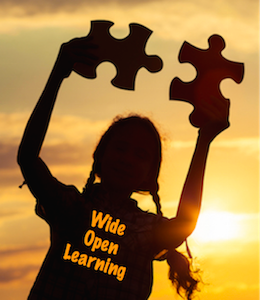 We all want our students to begin class motivated to learn and brimming with questions and theories about the topic.
We all want our students to begin class motivated to learn and brimming with questions and theories about the topic.
To do this, I modify an idea from the International Baccalaureate Primary Years Program: the provocation.
In my classes, this looks like an activity designed to engage the students and get them in a “what if” frame of mind – wondering and in the mood to learn.
Provocations should be short activities that require minimal set-up. The intention isn’t to dominate the lesson, but to get everyone’s juices flowing and create excitement.
I try to balance what we will be doing for the rest of class; if most of the period will be spent sitting, I need my provocation to involve movement. One of my goals is to create a master list of provocations so that I can easily incorporate them into my planning.
Here are some activities that I have used multiple times in my class with successful results.
1. Watch a video related to the topic – with the sound off – and discuss what the students notice. We did this while studying hurricanes and the students’ observations guided our inquiry.
2. A similar activity can be done with photographs or paintings from a time period. Glue the image in the middle of a sheet of chart paper and have students annotate what they see, think, and wonder. Incorporate movement by having students rotate among a variety of different images.
3. Category sort activities foster critical thinking and communication skills. Each student gets a card with a statement on it. Then they separate into two groups based on the information on the cards. Once they think they have found their group, they discuss their qualities and make a list describing their group.
When I did this with my social studies class, I gave them the choice of whether their group should be called Loyalists or Patriots. The students got it right and had a personalized introduction to the two parties in the Revolutionary War.
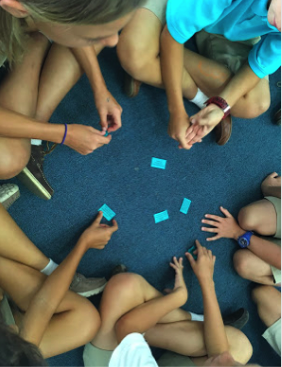
Students discussing their group’s traits in a category sort activity.
4. Use Chuck Wiederhold’s Complex Questions or “Q” Matrix to help students formulate questions about the topic. This set of question starters gets progressively more complex and open-ended, encouraging students to think deeply. (Class set)
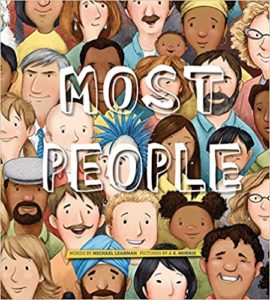
6. Use Google Drawings (ChromeOS) or a similar drawing tool as a formative assessment throughout the unit to see changes in understanding. For example, if you start each class period with a drawing during your study of plant and animal cells, the students will get practice with reproducing the parts of the cell and you can see what needs to be reviewed again.
7. Flocabulary has an educational hip hop song for basically every topic. My students love them and will burst into the songs throughout the unit. They have many extension activities to go along with the songs, but we usually just listen to the song at the beginning of class, and occasionally at the end of class because they begged the entire period. (Requires subscription)
8. Find a poem related to your topic and cut it into strips. In groups, students can rearrange the strips into what they think would be the best order. This encourages critical thinking and reinforces key vocabulary. You can share the original layout for the poem before beginning your lesson for the day, or wait until the end of class.
9. Have students create Google search histories for the historical figures or novel characters you are studying. Share some of the most creative ideas with the class, which usually leads to more in-depth questions in future iterations.
10. Have students use hexagonal thinking strategies to respond to a rich question. On two-inch hexagons, students write responses to the question, then work together to make connections and lay out the hexagons. When students verbalize why the hexagons fit together, they can share ideas and practice open mindedness to others’ suggestions.
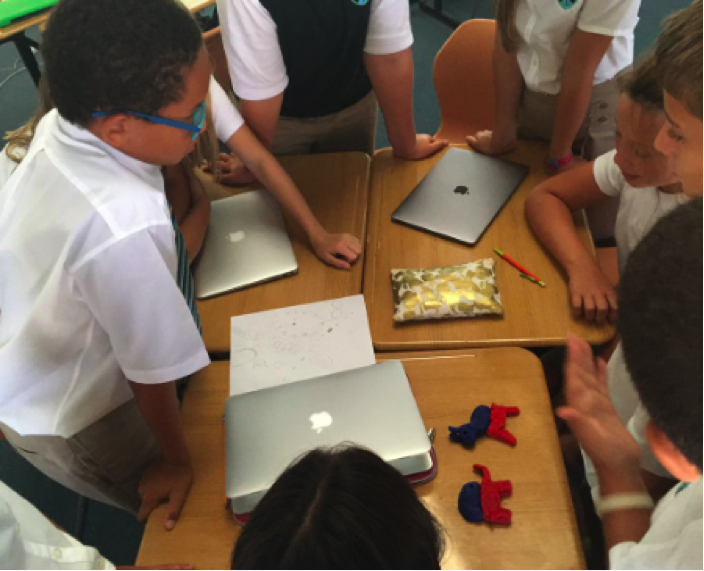
Using Play Doh to discuss political parties.
11. Break out the manipulatives, like gummy bears or Play Doh, and have them respond to a question, make an abstract idea concrete, or work with a partner to re-enact a scene. While learning the different forms of government, my students used gummy bears to create GIFs to define the terms.
Ready! Set! Think!
Provocations are a time to take risks with your class and try something new. If something doesn’t work (and that will happen!), you’ve only wasted five minutes. More likely, you will find activities that inject life into your lessons and make students’ learning more memorable. Please comment with any activities that have worked in your classes.

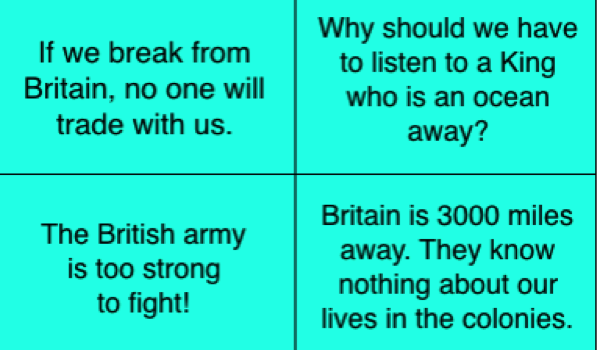
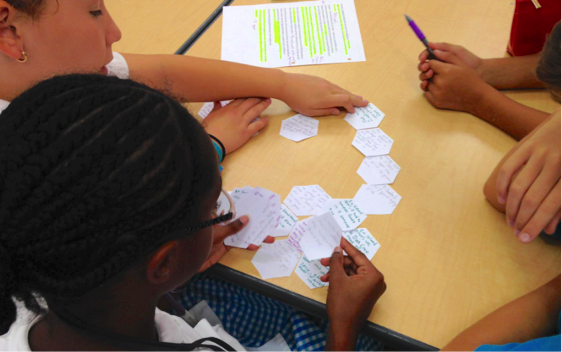






























I love this author! She always has great ideas!